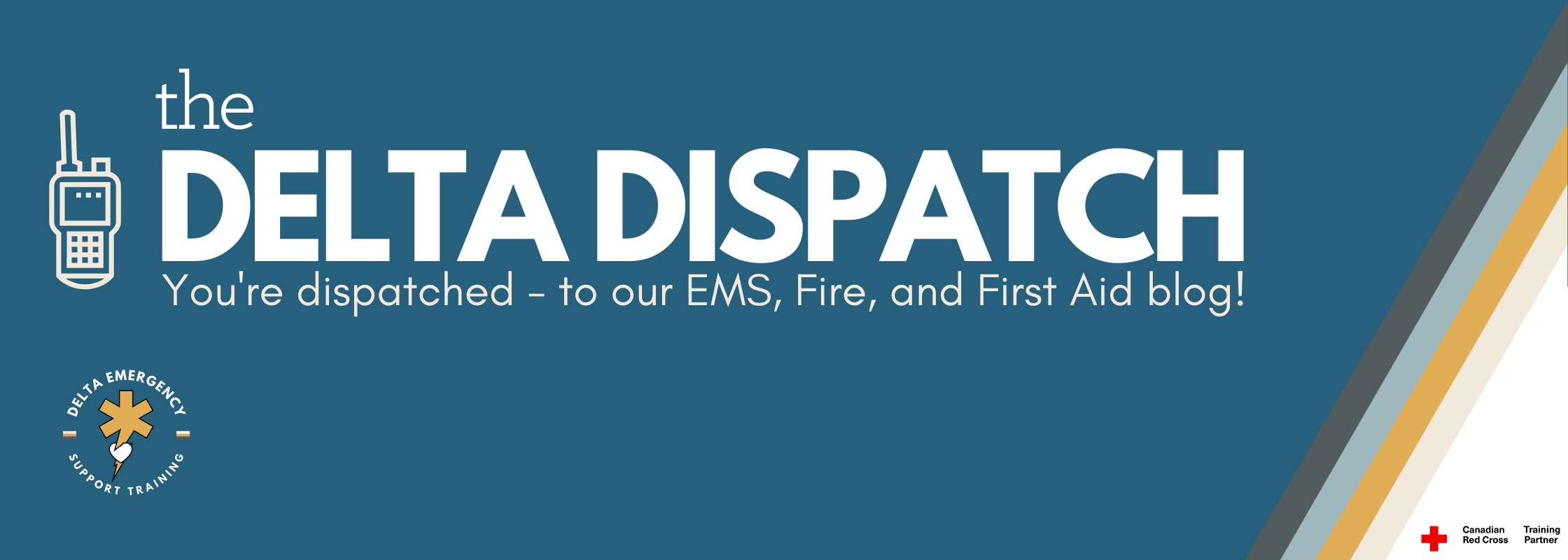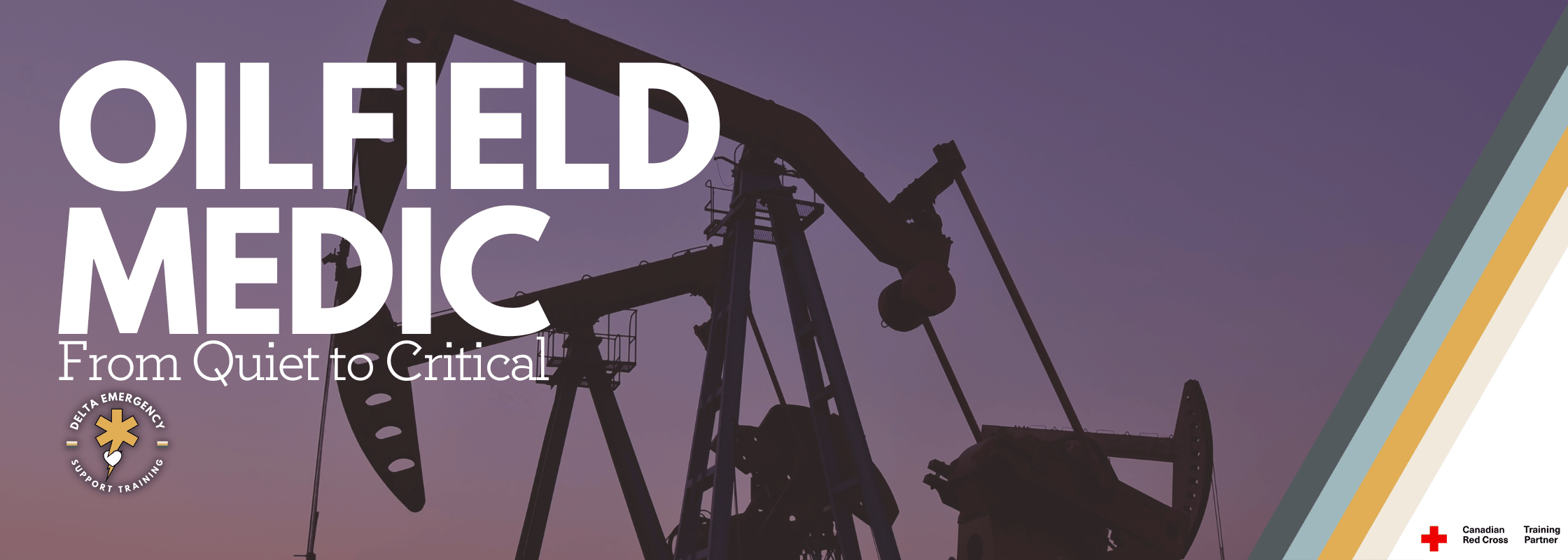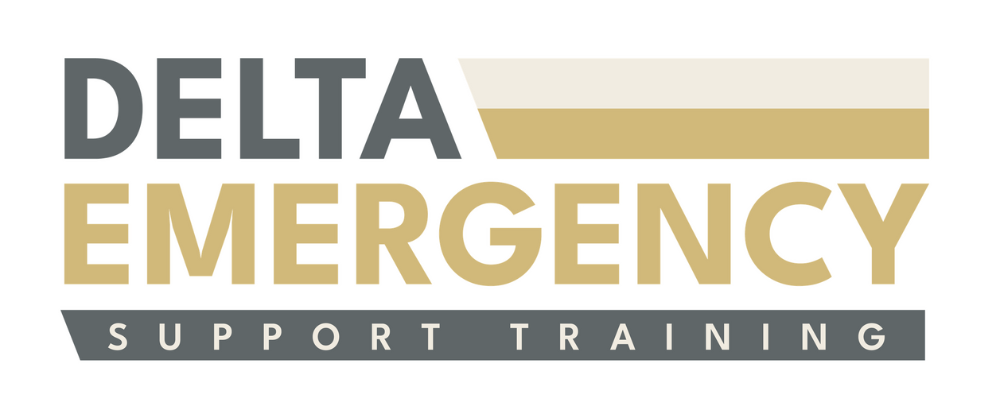Life on the Rig: What It Really Means to Be an Oilfield Medic
/When most people picture the oilfield, they think heavy iron, long shifts, and big sky. Tucked off to the side, there’s usually a medic unit or a small clinic trailer—and a single clinician quietly watching over the crew. That’s the oilfield medic: part emergency responder, part occupational health lead, part logistics coordinator.
It’s a role that blends EMR/AFA skills, scene safety, and long-haul problem-solving in remote, industrial environments where help can be hours away. And yes—it can be slow and boring… until it isn’t. The calm is deceptive; when something happens, it happens fast, and your preparation in the “quiet” hours determines how the next 10 minutes go.
The Job in Plain Terms
Oilfield medics provide immediate medical care on site, manage patient stabilization for delayed transport, and keep workers healthy enough to finish their hitch. Depending on the site and contractor, the role can include:
Immediate response to injuries and medical complaints
Prolonged care while waiting for ground or air evac
Daily readiness: gear checks, drug/expiry audits, documentation
Occupational health tasks: return-to-work guidance, minor wound care, dehydration/heat/cold management
Safety integration: toolbox talks, hazard identification, incident reporting
In remote camps, you may be the only healthcare provider within hours. Your reliability, calm demeanor, and readiness become the safety net for everyone on site.
“Slow and Boring… Until It’s Not”
Oilfield tempo is unique: long stretches of routine—paperwork, checks, hydration talks—punctuated by intense, high-stakes events. The professionals who thrive in this environment treat the quiet hours as their advantage:
Study while it’s calm: Review protocols, practice critical skills (airway setups, splinting, tourniquets), and rehearse handovers.
Run scenarios solo: “What if” drills for crush injuries, H2S exposure, cardiac chest pain, rollover MVCs, hypothermia, heat illness.
Map your evacuation plan: Who do you call, in what order, with what info? How do you get from Site A to the LZ at night in bad weather?
Preparation is the difference-maker—not adrenaline.
Readiness Is a Discipline: Gear, Drugs, Docs
Your kit is your lifeline. Remote medicine punishes complacency. Build a daily rhythm:
Daily Medic Trailer/Truck Checks
Airway: OPA/NPA sizes restocked; BVM intact; suction charged and tested
Oxygen: Cylinder pressures logged; regulators, masks, tubing functional
Bleeding: Tourniquets (min. two), pressure dressings, hemostatic agent, triangular bandages
IV/IO (if within scope/protocol): Cannulas, fluids, disposables, sharps container
Splinting/Immobilization: SAMs, board, C-collars (sizes), blankets
Monitoring: BP cuffs (adult/peds), stethoscope, pulse ox (spare batteries), thermometer
Meds: Check expiry dates and lot numbers; rotate stock; log temps if required
PPE/BSI: Gloves, eye protection, masks, hand hygiene, spill kit
Comms: Radios programmed/charged; spare batteries; sat phone test call
Docs: Incident forms, vitals sheets, treatment logs, WCB/occupational reports ready
Non-negotiable: “Make sure all gear and med equipment is up to date and working—and nothing is expired.”
Keep an expiry tracker (simple spreadsheet or whiteboard). Do a weekly deep-dive on inventories.
Prolonged Field Care: What Changes Outside the City
Urban EMS is built around rapid transport. On the rig, you may be with your patient for 30–120+ minutes. That shifts your priorities:
Airway/Breathing: Reassess frequently; position, humidified O₂ if available, watch fatigue
Circulation: Hemorrhage control first; frequent vitals; keep warm (hypothermia worsens outcomes)
Pain & Comfort: Within scope/protocol—pain control, splint well, pad pressure points
Environment: Shade/cooling or shelter/heat; wind and weather matter
Documentation: Trending vitals tell the story to the receiving team; write while you monitor
Think systems: patient, team, communications, extraction, environment.
Improvisation—Smartly
Remote sites don’t always have exactly what you want. Use what you do have—safely:
Splints: SAM + padding is gold; in a pinch, boards, poles, or rolled jackets
Slings/Swathes: Triangular bandages or high-vis vests
Tourniquets: Use commercial first; improvised only when necessary and applied correctly
Lighting/Visibility: Headlamps, vehicle lights, cones for scene safety at night
Always reassess circulation, sensation, and movement after immobilization.
Extraction: Ground or Air
You may coordinate helicopter or long-distance ground evacuation:
Landing Zone (LZ): Flat, firm, clear 30×30 m (or per provider), mark wind, secure loose items
Hazards: Wires, fuel/exhaust, uneven ground, blowing debris
Comms: Location (lat/long if possible), hazards, patient condition, mechanism, trend
If delayed: Shelter, temp regulation, continuous monitoring, controlled scene
Leadership matters—assign roles, control the perimeter, keep it calm.
Environmental Realities
Oilfield injuries and illnesses often relate to:
Mechanical: Crush, pinch, lacerations, fractures, sprains/strains
Weather: Hypothermia, frostbite, heat cramps/exhaustion, dehydration
Respiratory: Dust, smoke, possible H2S exposure (site-dependent; follow H2S protocols)
Fatigue: Long shifts, night work → slower reactions, more mistakes
Mitigate with hydration stations, heat/cold plans, rest breaks, and constant hazard awareness.
Communication: Your Other Lifeline
Remote means comms can fail. Build redundancy:
Before shift: Confirm primary/secondary radio channels, sat phone numbers, dead zones, relay points
During calls: Clear, concise patient updates—location, access route, mechanism, status, trending vitals
After: Log times, actions, meds, who you notified, and responses received
Your documentation becomes the backbone of continuity when the patient hands off hours later.
Mental Game and Professionalism
The isolation, monotony, and sudden surges of intensity are real. Protect your headspace:
Routines: Checklists, study blocks, exercise, sleep hygiene
After tough calls: Short debrief, peer support, use employer resources
Boundaries: You’re the medic and a safety partner—not the project foreman
Training, Study, and Career Notes (Alberta)
In Alberta, oilfield medic roles are a common entry point for new EMRs, especially for those building remote-care experience while pursuing additional certifications. Employers value:
Current EMR (or higher) certification and BLS/CPR
Strong documentation and radio discipline
Safety mindset and familiarity with industrial hazards
Use the quieter periods to study: review protocols, practice documentation, refresh anatomy/physiology, and stay sharp on shock, trauma, chest pain, respiratory distress, and environmental exposure care. The oilfield rewards medics who keep learning.
A Practical Starter Kit (Save/Adapt)
Pre-Shift Five:
Oxygen pressures logged and regulators tested
Suction powered and functional check complete
Tourniquets ×2, hemostatic, pressure dressings accessible
Monitor and spare batteries ready; pulse ox verified
Comms check: primary/backup radios and sat phone test call
First Five Minutes on Scene:
Scene safe? PPE on? Stop the bleed.
Airway, breathing, circulation—correct life threats now.
Get a set of vitals; repeat every 5–10 minutes if unstable.
Decide transport plan early; notify sooner rather than later.
Document as you go—time stamps matter.
Why People Choose This Path
Oilfield medicine is demanding, but it offers experience you can’t get in the city: independent decision-making, remote coordination, and prolonged patient care. You’ll learn to think ahead, manage limited resources, and be the steady presence everyone counts on when things go sideways.
It’s not glamorous. It’s often quiet. And then—it’s everything at once. If you’ve kept your skills sharp, your gear perfect, and your head clear, you’ll be ready.
Preparedness, adaptability, and professionalism—that’s how oilfield medics save lives, miles from the nearest hospital.




